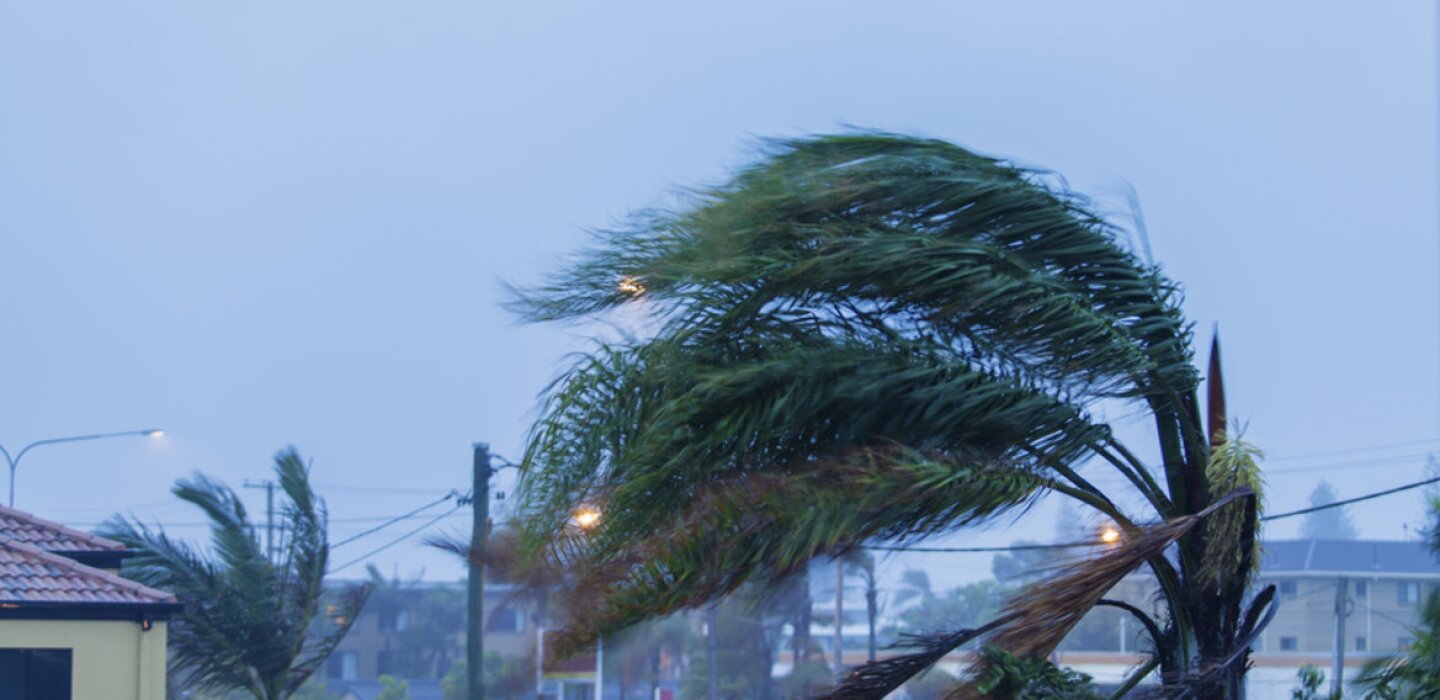
Three More Major Storm Systems Follow Florida Hurricanes
(TNS) — The National Hurricane Center continued to keeps its focus Friday on what had been Category 4 major Hurricane Helene as it moved inland as a tropical storm, but also was keeping tabs on Hurricane Isaac in the Atlantic and three more systems with a chance to develop into the season’s next tropical depression or storm.
As of 8 a.m., Tropical Storm Helene, that made landfall on Florida’s Big Bend near Perry at around 11:10 p.m. Thursday, had sustained winds of 60 mph as it moved north at 30 mph located about 35 miles south-southwest of Clemson, South Carolina and 80 miles east-northeast of Atlantic. Tropical-storm-force winds extend out 275 miles.
A wind gust of 72 mph was recently recorded at Brasstown Bald, Georgia while Dewees Island, South Carolina reported a sustained wind of 46 mph and gust of 62 mph.
A tropical storm warning remained in place for Altamaha Sound north to Little River Inlet on the southeast U.S. coast while a storm surge warning remained in effect on Florida’s Gulf Coast from Indian Pass in the Panhandle south to the middle of Longboat Key, Florida as well as Tampa Bay.
“Helene is expected to turn northwestward and slow down over the Tennessee Valley later today and Saturday,” forecasters said. “Continued weakening is expected, and Helene is expected to become a post-tropical low this afternoon or tonight.”
The NHC warned its damaging wind gusts will continue to penetrate far inland across the southeast U.S. including over the higher terrain of the southern Appalachians.
Florida, meanwhile, was cleaning up from the massive storm surge and damaging winds that plagued the Gulf Coast.
The system left at least one person dead while Georgia had two reported deaths from a tornado that was spawned on Thursday.
With 140 mph winds and stronger gusts, the landfall of Hurricane Helene marked the most powerful hurricane to hit the region among storms tracked since the 1850s.
Ahead of landfall, the NHC had warned of storm surge along the Big Bend that could reach at least 20 feet high while lower but still dangerous levels were forecast all the way down the Gulf Coast to Naples.
Meanwhile in the Atlantic, the season saw its sixth hurricane develop with the formation of Hurricane Isaac.
As of 5 a.m. Friday, the system was located about 1,175 miles west of the Azores and 980 miles east-northeast of Bermuda with 75 mph sustained winds moving east at 12 mph.
“A gradual turn to the east-northeast is expected over the next several days,” forecasters said. “Additional strengthening is expected during the next day or so followed by gradual weakening by the end of this weekend.”
Hurricane-force winds extend out 15 miles and tropical-storm-force winds extend outward up to 70 miles from the center, but for now it is no threat to land.
And the NHC was keeping track of three other systems in the Atlantic and Caribbean with a chance to become the next season’s tropical depression or storm.
The most likely was an area of low pressure located about halfway between the Cape Verde Islands and the Caribbean’s Lesser Antilles in the central tropical Atlantic.
“This disturbance is already producing gale-force winds. Environmental conditions are conducive for further development and a tropical depression or storm could form today while the system moves generally westward to west-northwestward at 10 to 15 mph,” forecasters said. “The system is then forecast to slow down and turn north-northwestward by this weekend.
The NHC gives it a 90% chance to develop in the next two to seven days.
If it becomes a named storm, it could become Tropical Storm Joyce.
The NHC was also forecasting an area of low pressure may form over the western Caribbean Sea by the middle of next week.
“Environmental conditions are expected to be conducive for slow development thereafter while the system moves generally northwestward, potentially entering the Gulf of Mexico by the end of next week,” forecasters said.
The NHC said it had a 30% chance to develop in the next seven days.
New on Friday, the NHC also began forecasting an area of low pressure to form over the eastern tropical Atlantic by the early to middle part of next week.
“Environmental conditions are expected to be conducive for slow development thereafter while the system moves generally northwestward at 10 to 15 mph,” forecasters said.
The NHC gave it a 20% chance to develop in the next seven days.
After Joyce, the next names on the 2024 Atlantic hurricane season list are Kirk and Leslie.
The season so far has produced nine named storms including hurricanes Beryl, Debby, Ernesto, Francine, Helene and Isaac.
Both Debby and Helene struck Florida within just eight weeks of one another near the same area struck by Hurricane Idalia in 2023, all within about 15 miles of one another.
© 2024 Orlando Sentinel. Distributed by Tribune Content Agency, LLC.


Average Rating